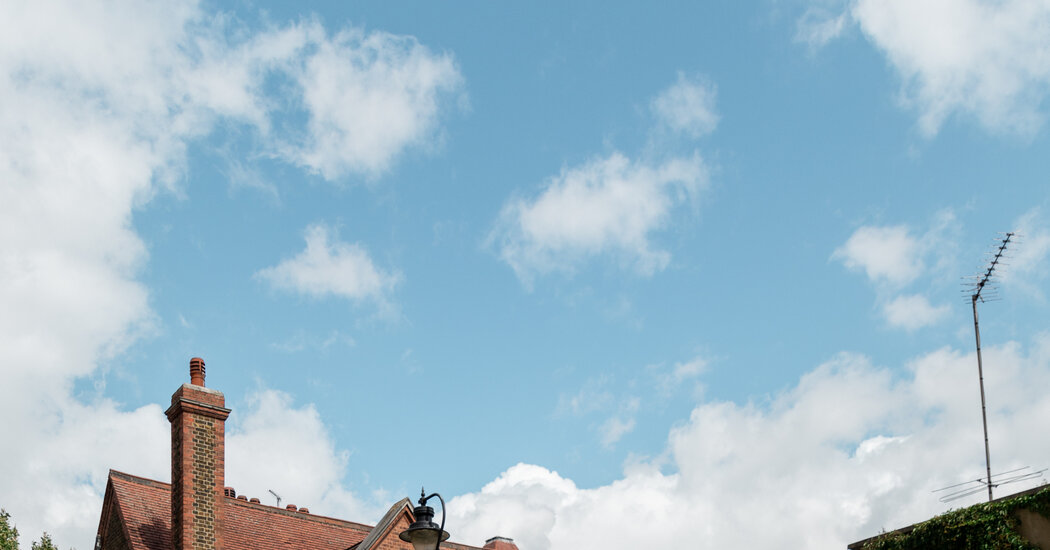A series about how cities transform, and the effect of that on everyday life.
In a bustling area of south London, near a busy Underground station and a web of bus routes, is a tiny house in a dumpster.
The 27-square-foot plywood house has a central floor area; wall shelves for storage (or seating); a kitchen counter with a sink, hot plate and toy-size fridge; and a mezzanine with a mattress under the vaulted roof. There’s no running water, and the bathroom is a portable toilet outside.
The “skip house” is the creation and home of Harrison Marshall, 29, a British architect and artist who designs community buildings, such as schools and health centers, in Britain and abroad. Since he moved into the rent-free dumpster (known as a “skip” in Britain) in January, social media videos of the space have drawn tens of millions of views and dozens of inquiries in a city where studio apartments rent for at least $2,000 a month.
“People are having to move into smaller and smaller places, microapartments, tiny houses, just to try and make ends meet,” Mr. Marshall said in a phone interview. “There are obviously benefits of minimal living, but that should be a choice rather than a necessity.”
Social media platforms are having a field day with microapartments and tiny homes like Mr. Marshall’s, breathing life into the curiosity about that way of living. The small spaces have captivated viewers, whether they are responding to soaring housing prices or to a boundary-pushing alternate lifestyle, as seen on platforms like the Never Too Small YouTube channel. But while there is no precise count on the number of tiny homes and microapartments on the market, the attention on social media has not necessarily made viewers beat a path in droves to move in, perhaps because the spaces sometimes can be a pain to live in.
Mr. Marshall noted that 80 percent of those who contacted him expressing interest in moving into a house like his in the Bermondsey area were not serious about it, and that “most of it is all just buzz and chitchat.”
In his view, tiny homes are being romanticized because the life of luxury is overexposed. “People are almost numb to it from social media,” he said. Mr. Marshall said people were more interested in content about the “nomadic lifestyle, or living off the grid,” which overlooks the flip side: showers at the gym, and a portable outdoor toilet.
The rush back into big cities after the pandemic has pushed rents to new records,…
Click Here to Read the Full Original Article at NYT > Travel…
